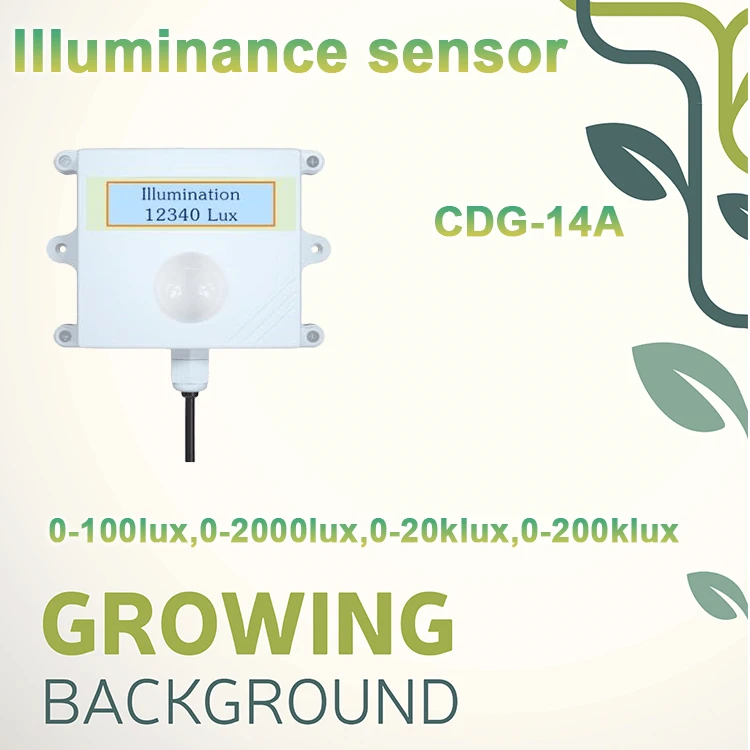
# Light Detector: Principles and Applications
## Introduction to Light Detectors
Light detectors are essential components in various scientific, industrial, and consumer applications. These devices convert light energy into electrical signals, enabling the measurement and analysis of light properties. From simple photodiodes to sophisticated imaging sensors, light detectors play a crucial role in modern technology.
## How Light Detectors Work
The fundamental principle behind light detectors involves the photoelectric effect, where photons striking a material cause the emission of electrons. This phenomenon forms the basis for most light detection technologies:
– Photodiodes: Semiconductor devices that generate current when exposed to light
– Phototransistors: Light-sensitive transistors that amplify the photocurrent
– Photomultiplier tubes: Highly sensitive detectors that multiply electrons through secondary emission
– CCD and CMOS sensors: Arrays of light-sensitive pixels used in digital imaging
## Types of Light Detectors
### 1. Photovoltaic Detectors
These detectors generate voltage when exposed to light, with solar cells being the most common example. They operate without external power sources.
### 2. Photoconductive Detectors
These devices change their electrical resistance when illuminated. Examples include cadmium sulfide (CdS) photocells used in light meters.
### 3. Thermal Detectors
Rather than responding to photons directly, thermal detectors measure the heating effect of light. Examples include bolometers and pyroelectric detectors.
## Key Performance Parameters
When evaluating light detectors, several important parameters should be considered:
– Spectral response: The range of wavelengths the detector can measure
– Responsivity: The ratio of electrical output to optical input
– Noise equivalent power (NEP): The minimum detectable light power
– Response time: How quickly the detector responds to changes in light intensity
– Dynamic range: The ratio between maximum and minimum detectable light levels
## Applications of Light Detectors
Light detectors find applications in numerous fields:
### Scientific Research
– Spectroscopy
– Astronomy
– Particle physics experiments
– Environmental monitoring
### Industrial Applications
– Quality control in manufacturing
– Optical communications
– Process monitoring
– Barcode scanners
### Consumer Electronics
– Digital cameras
– Smartphone sensors
– Automatic lighting systems
– Remote controls
## Emerging Technologies
Recent advancements in light detection include:
– Quantum dot detectors with tunable spectral response
– Organic photodetectors for flexible electronics
– Single-photon detectors for quantum computing
– Neuromorphic sensors mimicking biological vision
## Choosing the Right Light Detector
Selecting an appropriate light detector depends on several factors:
– The wavelength range of interest
– Required sensitivity and speed
– Environmental conditions
– Power consumption constraints
– Cost considerations
Understanding these factors ensures optimal performance for specific applications while balancing technical requirements with practical considerations.
Keyword: light detector